Stick Homes vs Modular: A Comparison
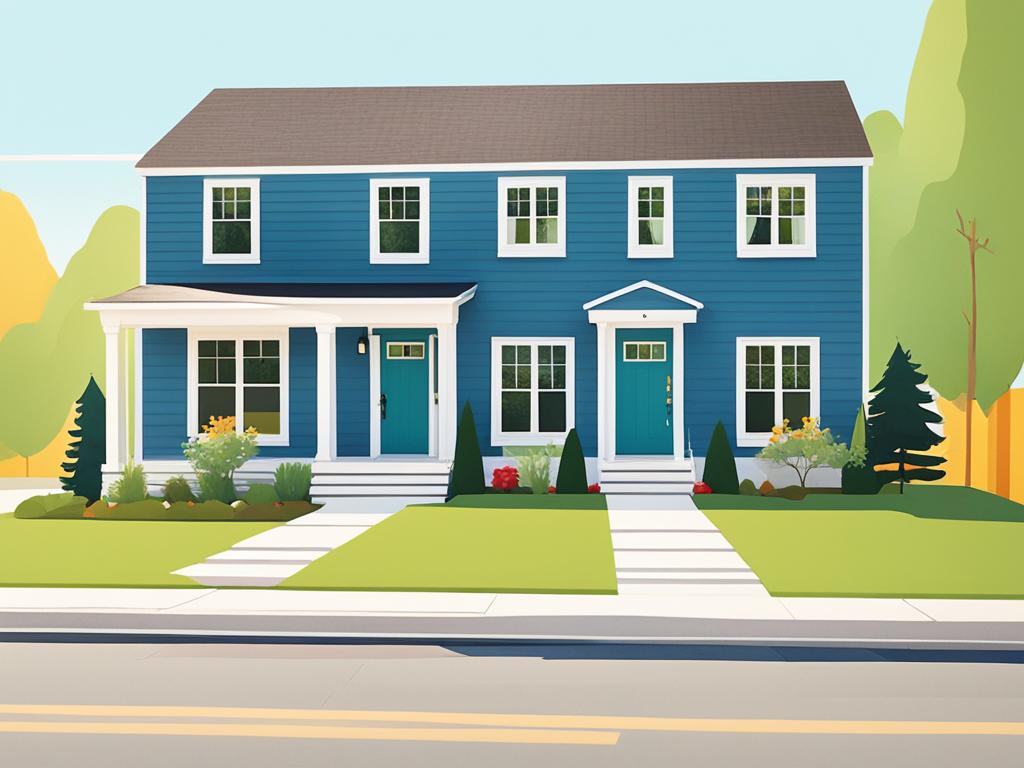
Welcome to our article comparing stick homes and modular construction methods. In this guide, we’ll explore the differences between stick-built homes and modular homes, and help you understand which option might be best for your project. Stick-built homes, also known as traditional construction methods, involve constructing each part of the building on-site, while modular homes are built in modules off-site and then assembled on-site.
Stick-built construction offers the advantage of customisation and higher construction quality. With this method, you have the flexibility to create unique architectural designs that suit your preferences. The construction process also allows for on-site oversight, ensuring a higher level of quality control. On the other hand, modular construction offers benefits such as faster construction times, cost-effectiveness, and sustainability.
In modular construction, modules are built in a factory-controlled setting and then transported to the construction site for assembly. This method reduces construction times significantly as factors like weather do not impact the process. It also results in cost-effectiveness due to reduced waste and lower labour costs. Additionally, modular construction is more sustainable, as it minimizes material waste and transportation needs.
When comparing stick-built and modular construction, it’s important to consider various factors. Modular construction generally offers faster project timelines, while stick-built construction provides greater design flexibility. While the initial costs may be lower with stick-built methods, modular construction can offer long-term savings due to reduced waste and labour costs.
It’s crucial to evaluate your specific project requirements before making a decision between stick homes and modular construction. Consider factors such as construction cost, time efficiency, design flexibility, and durability implications. By carefully weighing these options, you can make an informed choice that suits your needs.
Key Takeaways
- Stick-built homes involve on-site construction, allowing for customisation and higher construction quality.
- Modular construction involves building modules in a factory-controlled setting and then assembling them on-site, resulting in faster construction times and cost-effectiveness.
- Stick-built construction offers greater design flexibility, while modular construction reduces project timelines and can provide long-term cost savings.
- Consider factors such as construction cost, time efficiency, design flexibility, and durability implications when choosing between stick homes and modular construction.
Understanding Stick-Built Construction
Stick-built construction, a traditional method, involves constructing each part of a building on-site. This approach offers the advantage of customisation, allowing for unique architectural designs that meet specific requirements.
The on-site construction process also ensures a higher level of construction quality. Skilled craftspeople and builders closely supervise the project, paying attention to every detail and making necessary adjustments along the way. This hands-on approach guarantees a bespoke result tailored to the client’s preferences and needs.
However, stick-built construction is not without its challenges. Since the work takes place on-site, it is subject to weather conditions which can significantly affect the progress and extend the construction timeline. Logistical complexities and coordination among various trades and suppliers can also contribute to delays.
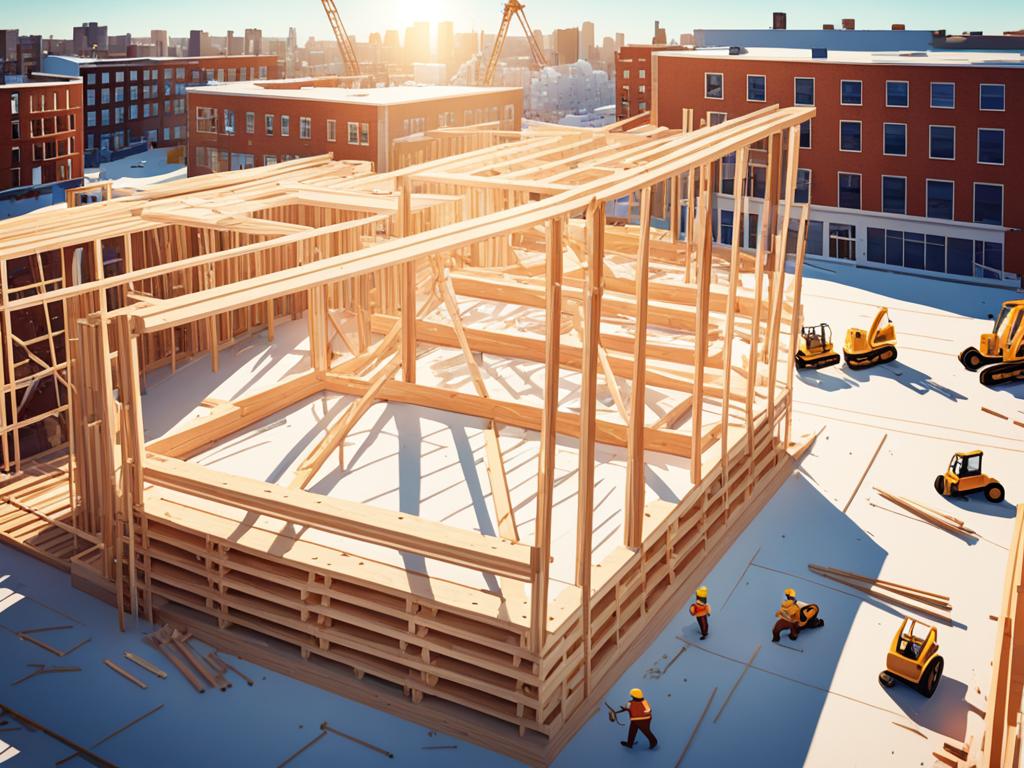
The Benefits of Customisation and Quality
A significant advantage of stick-built construction is the ability to customise. Whether it’s a unique layout, intricate design features, or specific material choices, this method allows clients to create personalized spaces that reflect their vision.
The meticulous on-site oversight throughout the construction process ensures a higher standard of quality. Each stage receives close attention, from the foundation to the finishing touches. This attention to detail and craftsmanship ensures that the final product meets or exceeds the client’s expectations.
While stick-built construction offers unparalleled customisation and quality, it is essential to consider the time it takes to complete a project. Factors such as weather conditions and logistical challenges can extend the construction timeline. However, for those who prioritize customisation and desire unique homes or buildings, the added time investment is often worth the outcome.
What is Modular Construction?
Modular construction, also known as off-site or prefabricated construction, involves building modules in a factory-controlled setting and then assembling them on-site. This method offers multiple benefits, including increased efficiency, cost-effectiveness, and sustainability.
In modular construction, modules are constructed in a controlled environment within a factory. This controlled setting allows for efficient and standardized production processes, resulting in reduced construction times. With modular construction, the modules are manufactured concurrently with site preparations, allowing for a faster overall construction timeline compared to traditional on-site construction methods.
Furthermore, modular construction is cost-effective. The streamlined and efficient production processes in a factory environment minimize material waste, leading to significant cost savings. Additionally, the ability to mass-produce modules in a controlled setting enables economies of scale, further reducing construction costs.
The sustainability aspect of modular construction is worth noting. By building modules in a factory, the process generates less waste compared to traditional construction methods. The controlled environment allows for the optimization of material usage, minimizing the amount of discarded or unused materials. Additionally, the use of off-site construction reduces transportation needs and associated carbon emissions.
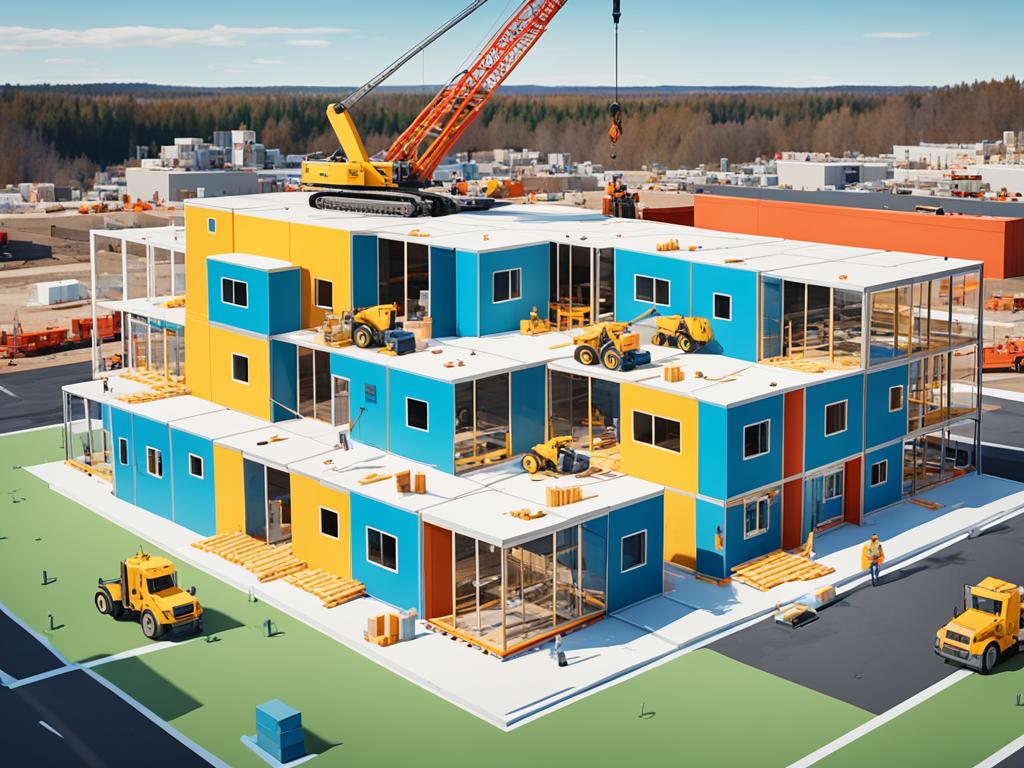
This image illustrates the assembly of modular construction components, demonstrating its relevance to this section discussing the concept of modular construction.
In summary, modular construction offers improved efficiency, cost-effectiveness, and sustainability by constructing modules in a factory-controlled setting and assembling them on-site. By embracing modular construction, the construction industry can benefit from faster construction times, reduced costs, and a smaller environmental footprint.
Stick-Built Vs. Modular Construction: A Comparative Analysis
When comparing stick-built vs. modular construction, it’s important to consider factors such as time, flexibility, and cost. Modular construction is generally faster, reducing project timelines and allowing for quicker occupancy. This is due to the off-site construction of modules in a factory-controlled environment. Once the modules are completed, they are transported to the construction site and assembled, significantly reducing on-site construction time.
On the other hand, stick-built construction offers greater design flexibility. With the ability to construct each part of the building on-site, customisation options are virtually limitless. This allows for unique architectural designs and the ability to adapt to specific project requirements.
While initial costs may be lower with stick-built methods, it’s important to consider the long-term savings that modular construction can offer. Modular construction is known for its efficiency and reduced waste. In a factory-controlled environment, materials can be optimally utilised, minimising waste and reducing costs. Additionally, the assembly process requires fewer on-site labour hours, resulting in reduced labour costs over time.
Overall, the choice between stick-built and modular construction depends on the specific needs of the project. Stick-built construction offers design flexibility, while modular construction provides time and cost savings. Consider the project requirements, desired timeline, and budget to make an informed decision.
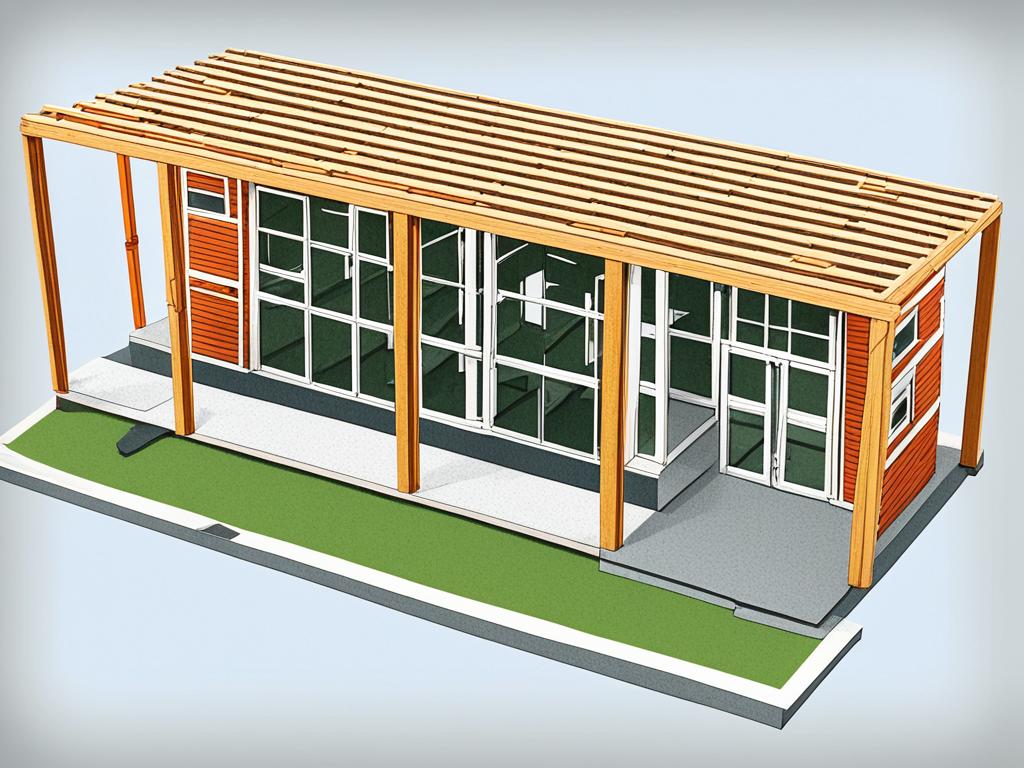
An example of a modular construction project
To illustrate the benefits of modular construction, let’s take a look at a real-world example. Acme Construction recently completed a modular construction project for a residential building. By utilising modular construction methods, they were able to reduce the overall construction time by 30%, compared to traditional stick-built construction. The project was completed within the agreed-upon timeframe and within the client’s budget.
- Reduced construction time by 30%
- Cost-effective solution
- Sustainable construction practices
- High-quality modular components
By leveraging the benefits of modular construction, Acme Construction was able to deliver a high-quality building while achieving significant time and cost savings.
Conclusion
After conducting a comparative analysis of stick-built homes and modular constructions, it is clear that both approaches have their own set of pros and cons. The choice between them ultimately depends on the specific requirements of the project at hand.
Stick-built construction offers the advantage of customisation and the ability to create unique architectural designs. This method allows for greater flexibility in accommodating specific design preferences and aesthetic considerations. However, it is important to note that stick-built construction can be more time-consuming due to dependencies on weather conditions and logistical challenges.
On the other hand, modular construction is known for its speed, cost-effectiveness, and sustainability. The pre-fabricated modules are built in a controlled factory setting, reducing construction time and waste. This method can result in significant cost savings due to reduced labor costs and materials wastage. Moreover, with its streamlined process and off-site construction, modular homes offer a more sustainable solution with reduced environmental impact.
When making a decision between stick-built and modular construction, it is crucial to consider various factors such as construction cost, time efficiency, design flexibility, and durability implications. By carefully evaluating these aspects, individuals can make an informed decision that aligns with their project goals and priorities.
FAQ
What is stick-built construction?
Stick-built construction is a traditional method where each part of a building is constructed on-site, allowing for customisation and higher construction quality.
What is modular construction?
Modular construction involves building modules in a factory-controlled setting and assembling them on-site, resulting in faster construction times, cost-effectiveness, and sustainability.
What are the advantages of stick-built construction?
Stick-built construction allows for customisation, unique architectural designs, and on-site oversight for higher construction quality.
What are the advantages of modular construction?
Modular construction reduces construction times, is cost-effective due to reduced waste, and is more sustainable with reduced material waste and transportation needs.
How do stick-built and modular constructions compare?
Stick-built construction offers greater design flexibility, while modular construction is generally faster, more cost-effective, and sustainable.
Which construction method is more cost-effective?
While initial costs may be lower with stick-built methods, modular construction can offer long-term savings due to reduced waste and labour costs.
Which construction method is faster?
Modular construction is generally faster, reducing project timelines compared to stick-built construction.
Which construction method offers greater design flexibility?
Stick-built construction offers greater design flexibility, allowing for customisation and unique architectural designs.
What are the durability implications of stick-built and modular constructions?
Both stick-built and modular constructions can be durable, but stick-built construction may offer greater durability due to on-site construction and oversight.
How should I choose between stick-built and modular construction?
The choice between stick-built and modular construction depends on specific project requirements. Stick-built construction is ideal for customisation and unique architectural design, while modular construction is suitable for speed, cost-effectiveness, and sustainability. Factors to consider include construction cost, time efficiency, design flexibility, and durability implications.


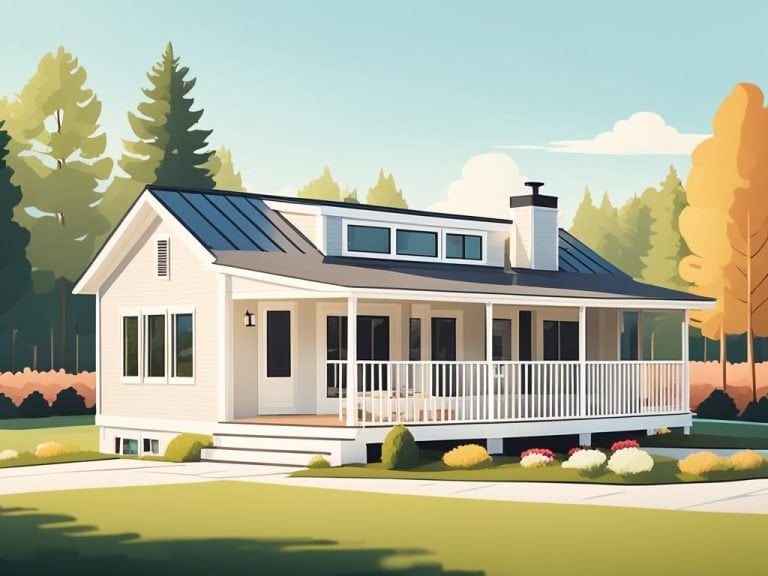
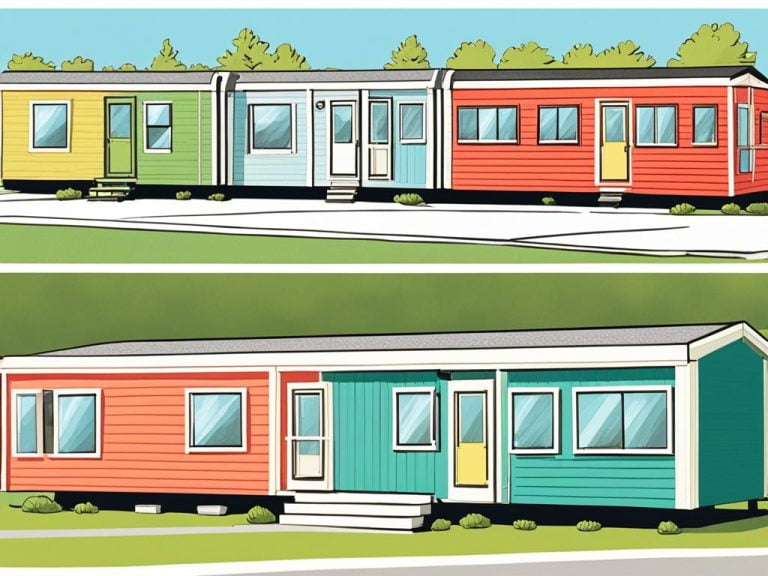
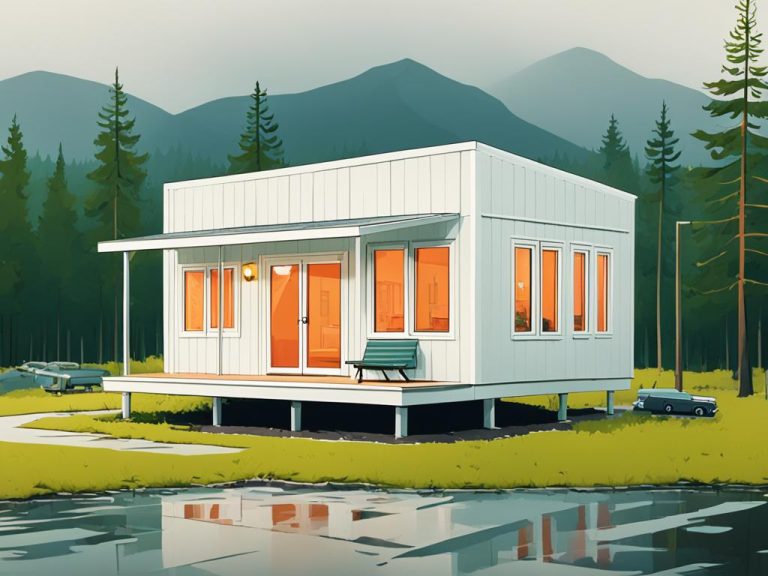
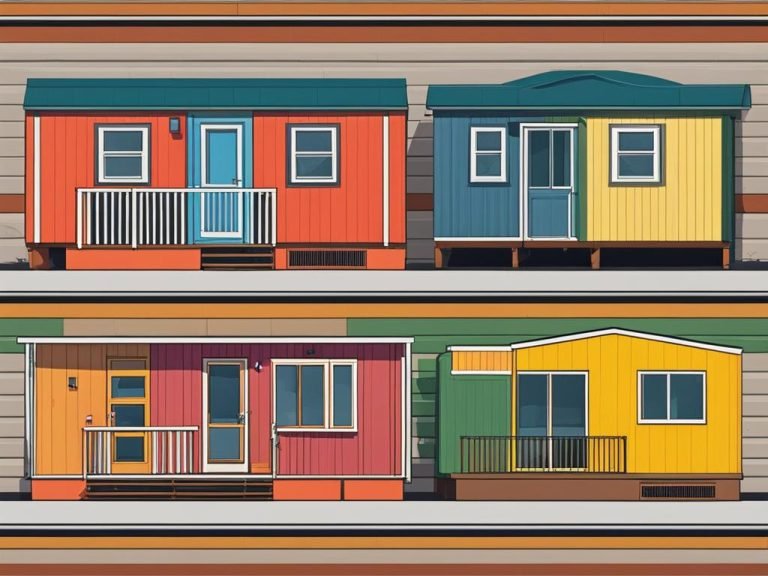
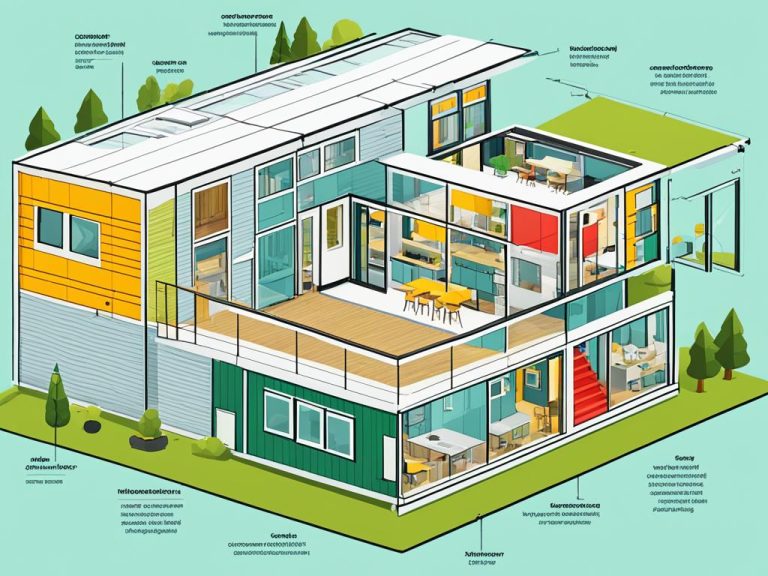
child teen